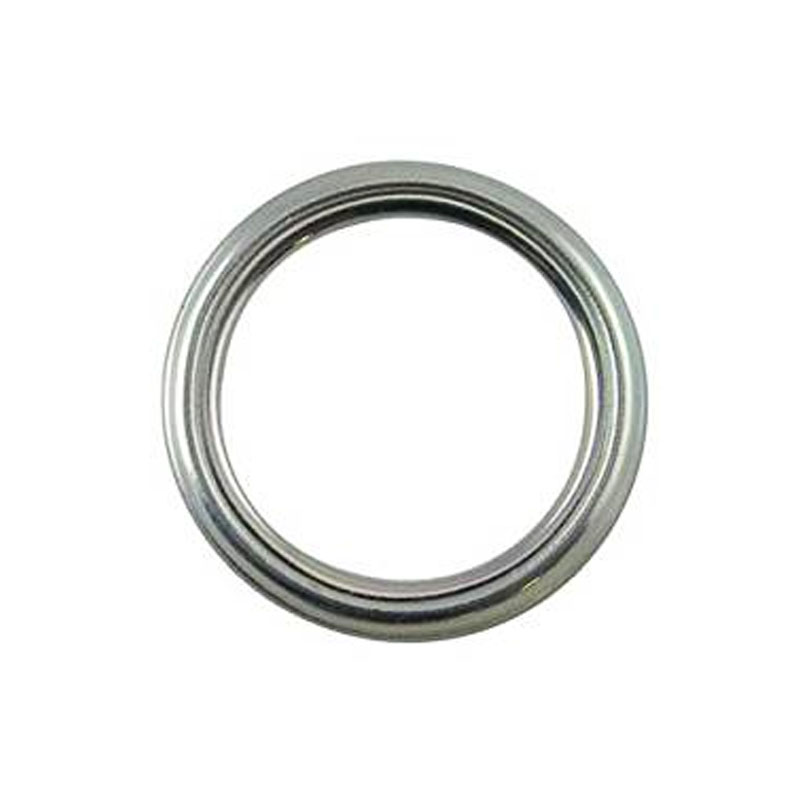inner hub seal
Understanding the Importance of Inner Hub Seals
Inner hub seals may not be the most glamorous components in machinery, but they play a critical role in the functionality and reliability of various mechanical systems. These seals are designed to prevent the leakage of lubricants and contaminants in wheel hubs, axles, and other rotating assemblies. Understanding their construction, function, and maintenance is essential for anyone involved in mechanical engineering, vehicle maintenance, or industrial equipment servicing.
Function and Design
The primary function of inner hub seals is to keep lubricants such as grease or oil contained within the hub while preventing dirt, water, and other foreign particles from entering. This is crucial because the presence of contaminants can lead to accelerated wear, corrosion, and ultimately, failure of components. Inner hub seals typically feature a flexible lip that makes contact with the surfaces of the hub, creating a barrier that is both effective and efficient.
The design of inner hub seals varies depending on their application. For instance, in automotive applications, seals are made from durable materials like rubber or thermoplastic elastomers, which can withstand a wide range of temperatures and pressures. The sealing lip may also incorporate a spring mechanism to maintain contact with the rotating surface, ensuring a consistent and reliable seal even under varying conditions.
Importance in Vehicle Maintenance
inner hub seal

In the context of vehicles, inner hub seals are crucial for the longevity and performance of axle assemblies and wheel hubs. Failure of these seals can lead to grease leakage, which may result in increased friction and heat generation within bearings. This, in turn, can cause premature bearing failure, leading to costly repairs and safety hazards. Regular inspection of inner hub seals during vehicle maintenance is advisable; mechanics often recommend replacing seals at the same time as bearings or other related components.
Signs of Wear and Replacement
Identifying signs of wear in inner hub seals can prevent catastrophic failures. Common indicators include visible leakage of lubricant, unusual noises from the hub area, or vibrations while driving. If such symptoms are observed, immediate inspection is necessary. Replacing worn or damaged inner hub seals can be a straightforward task for experienced mechanics, but it is vital to use quality seals that match the specifications of the machinery or vehicle involved.
Conclusion
Inner hub seals, though often overlooked, are key components that ensure the smooth operation of various mechanical systems. By containing lubricants and keeping contaminants at bay, these seals protect critical components from wear and damage. Understanding their role, maintaining them properly, and recognizing when to replace them can save time, money, and frustration in the long run. For anyone involved in maintenance or engineering, appreciating the value of inner hub seals is essential for achieving optimal performance and longevity in machinery and vehicles.
-
Understanding the Front Main Engine Seal: Purpose, Maintenance, and Installation
News Jul.29,2025
-
Understanding O-Rings and Seal Rings: Types, Applications, and Custom Solutions
News Jul.29,2025
-
Understanding Crankshaft Oil Seals: Rear Seals, Pulley Seals, and Their Role in Engine Integrity
News Jul.29,2025
-
The Importance of Front and Rear Crankshaft Seals in Engine Performance and Oil Management
News Jul.29,2025
-
Crank Oil Seals: Functions, Types, and Cost Considerations in Engine Maintenance
News Jul.29,2025
-
A Comprehensive Guide to O-Rings and Seals: Types, Materials, and Global Applications
News Jul.29,2025
-
Mastering Diesel and Performance Engine Maintenance: A Guide to Critical Oil Gaskets
News Jul.28,2025
Products categories















